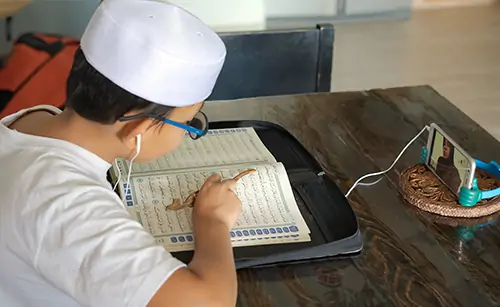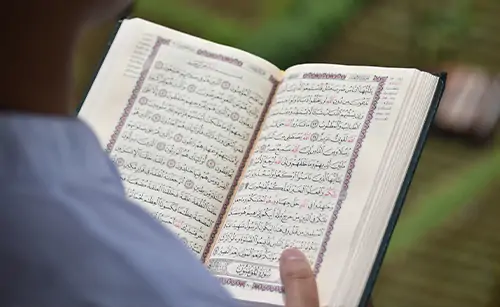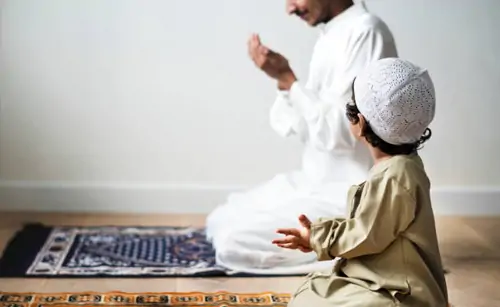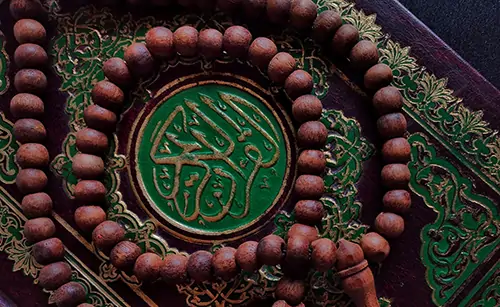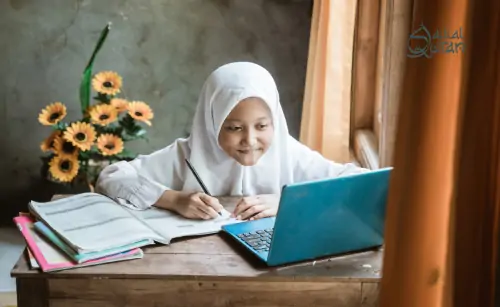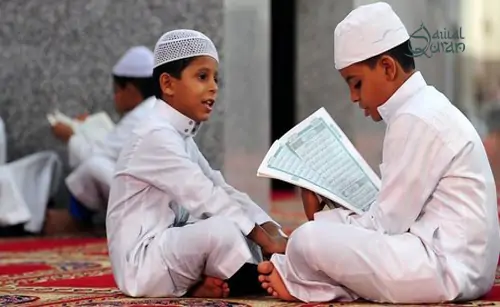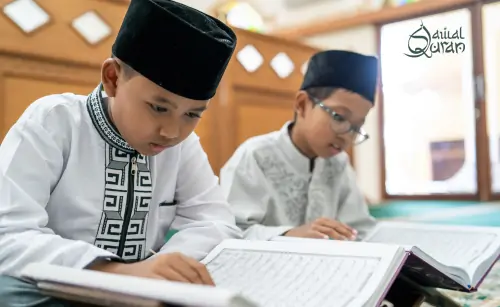The Steps of Prayer (Salah): A Guide to Spiritual Connection

Prayer, also known as Salah in Islam, is a profound act of worship and spiritual connection with the Creator. On the other hand, it plays a central role in the lives of Muslims, providing a regular opportunity for reflection and devotion. This blog will explore the essential steps of prayer, the physical and spiritual aspects. Moreover, we will explore its significance and advantages in the life of a Muslim.
Can I pray Salah anywhere?
It's best to pray in a clean, quiet place. Mosques are ideal, but any clean spot can be used.
Steps of prayer
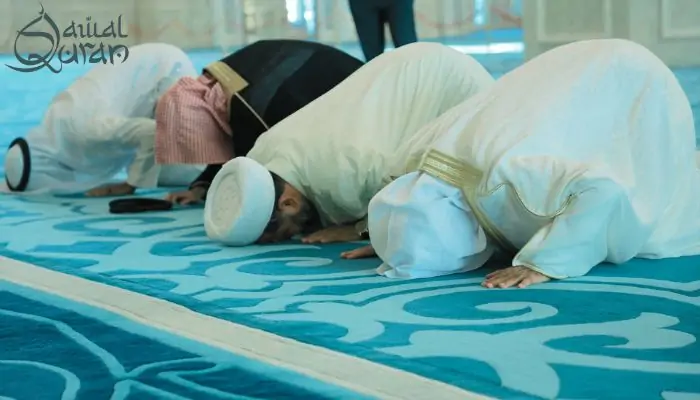
Undoubtedly, prayer is one of the most essential parts of the Muslim community. It stays at number two among the five fundamental pillars of Islam. On the other hand, every Muslim must offer the salah five times a day. Every individual must learn it. However, this guide is the perfect place for you if you want you or your child to know it because it aims to offer you the entire information about the steps of prayer.
Intention: The Gateway to Prayer
Among the steps of prayer, the first step is making a sincere intention in the heart because this powerful inner declaration aligns our focus solely on worshipping Allah. Though unspoken, the meaning shapes the essence of our prayer, driving us to seek divine closeness and humility.

Standing in Awe
With the intention set, the worshipper stands tall, facing the Qibla—the direction of the Kaaba in Mecca. A sense of awe and submission prevails as the soul stands before its Creator. Uttering "Allahu Akbar," the opening Takbir, sets the prayer into motion, lifting the heart and mind towards the Divine.
What is the significance of the Qibla?
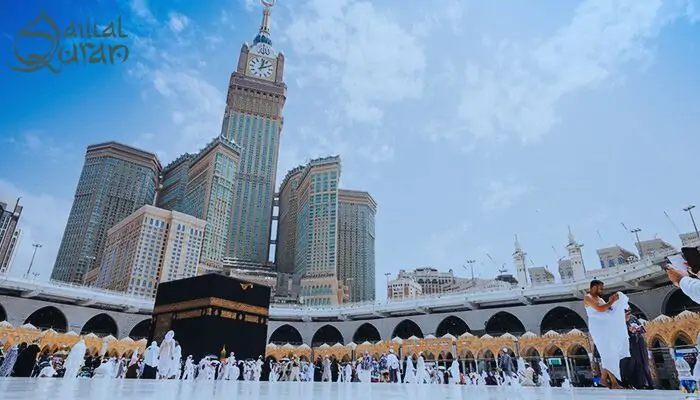
Qibla denotes the direction of the Kaaba in Mecca; Muslims face it during Salah to unify their worship.
Reciting Al-Fatihah
People who read the Quran must know about Surah Al-Fatihah, the first chapter of the Quran, which follows the Takbir. This powerful recitation is the foundation of every Rak'ah, bearing profound meaning and divine wisdom. However, the worshippers praise Allah with hearts humbled, seeking His guidance and mercy in their life journey.
Additional Surah
After that, a personal connection following Al-Fatihah, optional recitation of another Surah offers an intimate relationship with the Quran. This additional recitation varies between prayers, offering a unique opportunity to immerse in the divine words and seek personal reflection.
Is there any specific Surah to read as an additional surah?
No Surah is specified as the second or additional Surah during the first and second Rakah of prayer, but try to read short verses because every prayer has a specific time.
Ruku
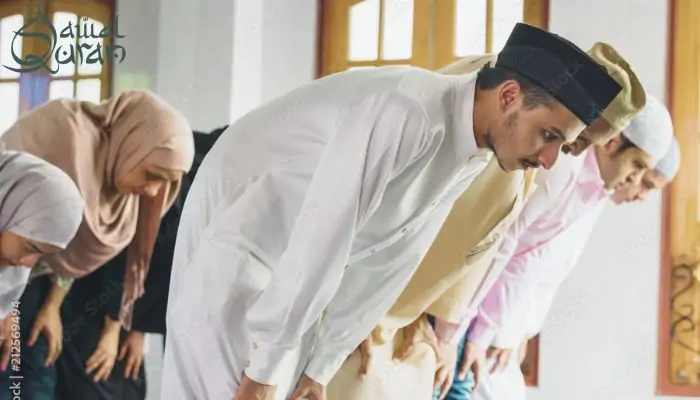
Next, the act of bowing down in Ruku symbolizes humility and submission. With hands on knees, the worshipper glorifies Allah, acknowledging His greatness. In this physical act, the soul finds solace, letting go of worldly distractions and embracing a moment of tranquillity.
Qa'dah Sitting
After rising from Ruku, the worshipper briefly sits, praising Allah and seeking His blessings. At the same time, this moment of respite allows one to express gratitude and seek mercy from the Most High.
Prostration
From sitting to prostration, the worshipper places the forehead, nose, palms, knees, and toes on the ground, signifying absolute submission. Prayer is incomplete without this step because the soul finds serenity in this position of humility, purging itself of pride and arrogance.
Jalsa
Sitting briefly between the two prostrations, the worshipper reflects on the magnitude of prayer. Here, gratitude fills the heart as the soul acknowledges the power of connection with the Divine.
Second Sujood
Right after the jalsa, the worshipper seeks forgiveness and redemption in the second prostration. The heart opens to receive divine mercy, cleansing the soul of its imperfections.
Why is the prayer divided into two sajdahs?

In addition to all other actions in the prayer, prostration is required to be done twice throughout each Rak'ah. The reason for this is that after standing up and bowing, a Muslim assumes this posture to represent his most humble state before prostrating before his Lord to perform the act of worship that is considered to be the greatest.
Qa'dah
The final sitting marks a moment of profound reflection. The Tashahhud, a declaration of faith, embodies the essence of Islam, affirming the oneness of Allah and the prophethood of Muhammad (peace be upon him).
Tasleem
With the Tasleem, the worshipper concludes the prayer, greeting angels on their shoulders and fellow worshippers. This exchange of peace cultivates a sense of unity and compassion among believers, strengthening the bond of brotherhood in Islam.
Does repeating Tasleem invalidate prayer?
Repeating the Tasleem unintentionally does not invalidate the prayer. However, minor mistakes or forgetfulness do not nullify the prayer as long as essential components are performed correctly. On the other hand, intentional omissions or major mistakes may invalidate the prayer, requiring it to be repeated.
Advantages of Salah
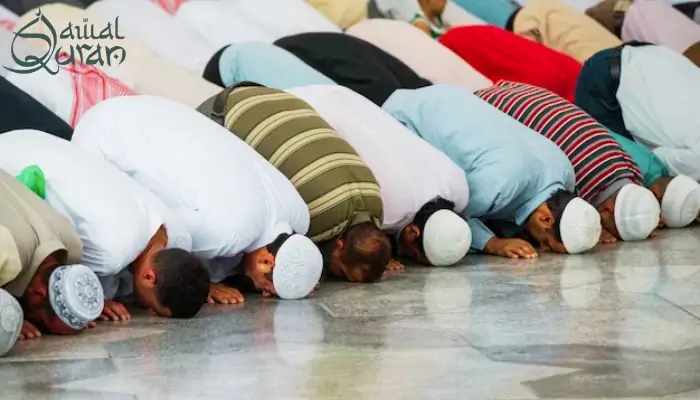
Saying prayers, a form of religious or spiritual practice, can offer various advantages for individuals and communities. Here are some of the potential benefits:
- Connection with the Divine: Prayer allows individuals to connect with a higher power, God, or the divine, providing guidance, comfort, and support in times of need.
- Stress Reduction: Engaging in prayer can calm the mind and body, reducing stress and anxiety and promoting emotional well-being.
- Gratitude and Perspective: The second pillar of Islam often includes expressions of gratitude, reminding individuals of the positive aspects of their lives. Moreover, it helps us maintain a positive outlook.
- Community Bonding: Praying together fosters community and togetherness among believers, promoting social support and a sense of belonging.
- Hope and Resilience: Salah tends to provide hope and encouragement. They are helping individuals cope with challenging situations and enhancing their resilience.
- Forgiveness and Healing: Prayers often involve seeking forgiveness for one's mistakes and offering forgiveness to others. Furthermore, doing so leads to emotional healing and reconciliation.
- Focus and Mindfulness: Prayer requires concentration and focus because it improves mindfulness and promotes mental clarity.
- A Sense of Purpose: Offering prayer gives individuals a sense of purpose and meaning in life, which reinforces their values and guides their actions.
- Faith and Belief Reinforcement: Regular prayer can strengthen an individual's faith and belief in their chosen spiritual path.

Conclusion
Salah serves as a beacon of guidance and spiritual nourishment for Muslims worldwide. Furthermore, among the steps of prayer, each step of prayer in this sacred ritual enhances our connection with the Divine and soothes our hearts. By adhering to these profound steps, Muslims cultivate devotion, humility, and gratitude, enriching their spiritual journey and drawing closer to Allah's eternal grace.







